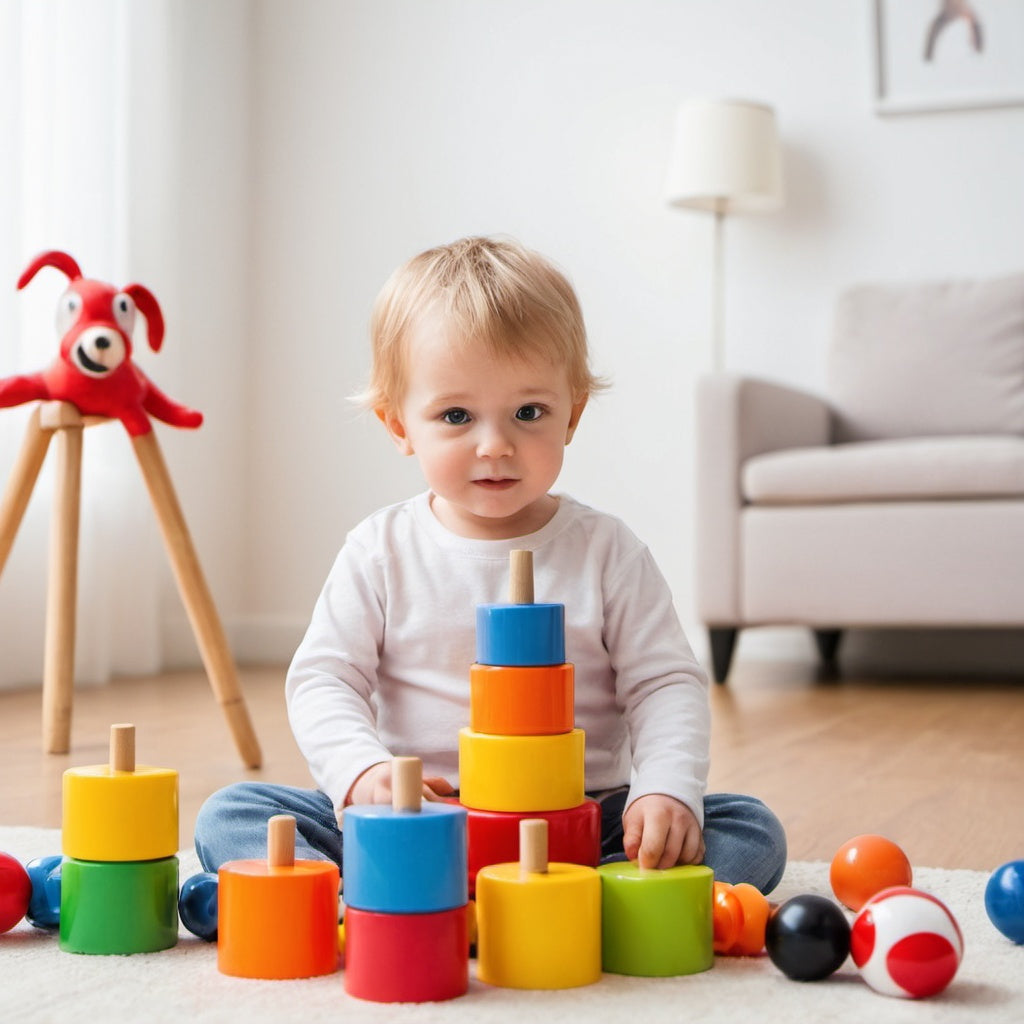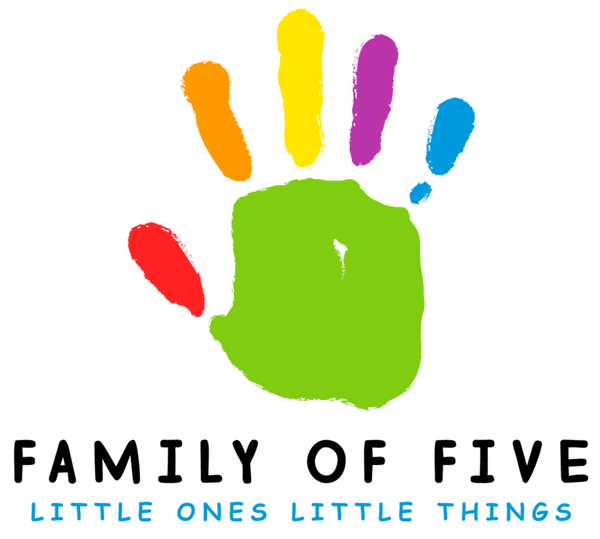
A Parent's Guide: How to Choose Safe and Non-Toxic Toys for Your Child
Share
As a parent, ensuring the safety and well-being of your child is always a top priority. When it comes to selecting toys for your little ones, it's essential to choose products that are not only fun and engaging but also safe and non-toxic. With countless options available on the market, navigating the world of toy safety can feel overwhelming. However, armed with knowledge and guidance, you can make informed choices that promote your child's health and development.

Here are some essential factors to consider when choosing safe and non-toxic toys for your child:
Check for Age Appropriateness: One of the first steps in selecting safe toys for your child is to consider their age and developmental stage. Always look for age-appropriate toys that are suitable for your child's level of physical and cognitive development. Toys that are too advanced can pose choking hazards or other safety risks.
Inspect for Small Parts: Be mindful of toys that contain small parts or components that could be potential choking hazards, especially for young children. Check for warning labels indicating choking hazards and avoid toys with small parts that can fit through a toilet paper tube, as these can easily be swallowed.
Choose Non-Toxic Materials: Opt for toys made from non-toxic materials such as wood, organic cotton, or BPA-free plastic. Avoid toys containing harmful chemicals such as lead, phthalates, or formaldehyde, which can pose health risks to children. Look for toys that are labeled as "phthalate-free," "lead-free," or "non-toxic" to ensure their safety.
Consider Durability and Construction: Choose toys that are well-made and durable to withstand rough play and regular use. Inspect toys for sharp edges, loose parts, or potential hazards that could cause injury. High-quality toys made from sturdy materials are less likely to break or pose safety risks to children.
Prioritize Safety Certifications: Look for toys that have been tested and certified for safety by reputable organizations such as the Consumer Product Safety Commission (CPSC) or the European Union's CE marking. These certifications indicate that the toys meet strict safety standards and have undergone rigorous testing to ensure their safety for children.
Avoid Toys with Loud Sounds or Projectile Parts: Be cautious of toys that produce loud sounds or contain projectile parts, as these can potentially cause hearing damage or eye injuries. Choose toys that promote safe and quiet play, such as musical instruments with volume control or soft, plush toys.
Consider Developmental Benefits: While safety is paramount, also consider the developmental benefits of the toys you choose for your child. Look for toys that encourage creativity, imagination, problem-solving skills, and physical activity, as these play an essential role in your child's growth and development.

By following these guidelines and prioritizing safety and non-toxicity, you can confidently select toys that provide hours of safe and enjoyable play for your child. Remember to regularly inspect toys for signs of wear and tear and discard any damaged or broken toys to prevent potential hazards. With careful consideration and attention to detail, you can create a safe and nurturing play environment for your little one to thrive.
